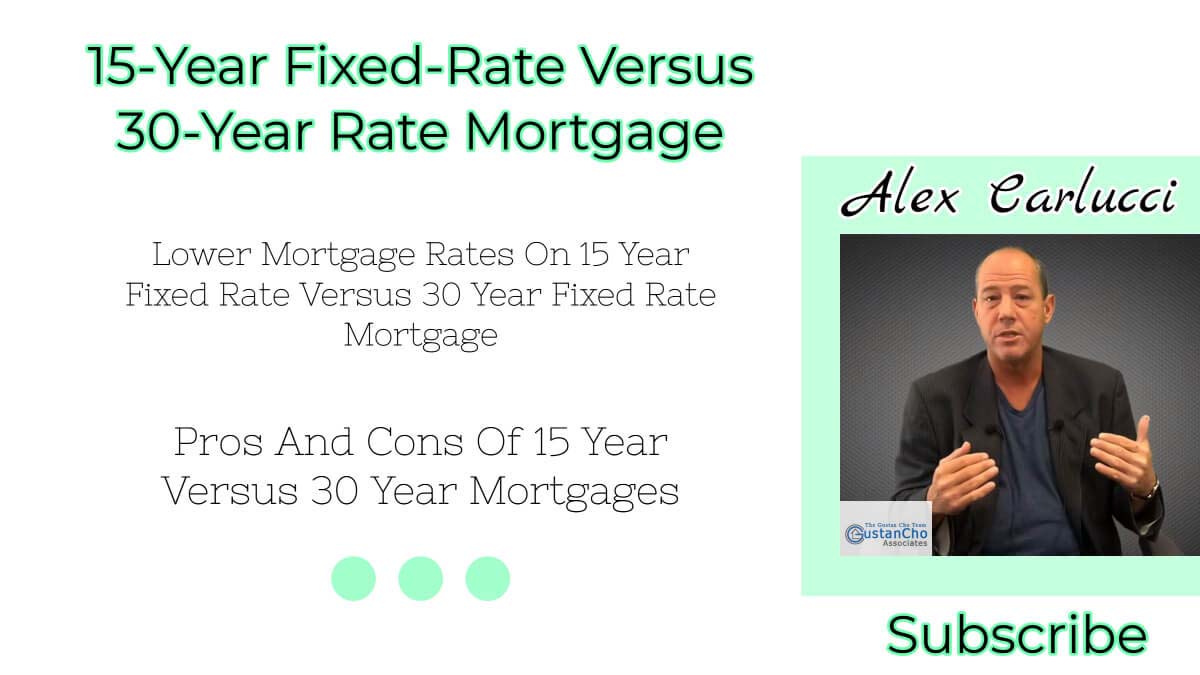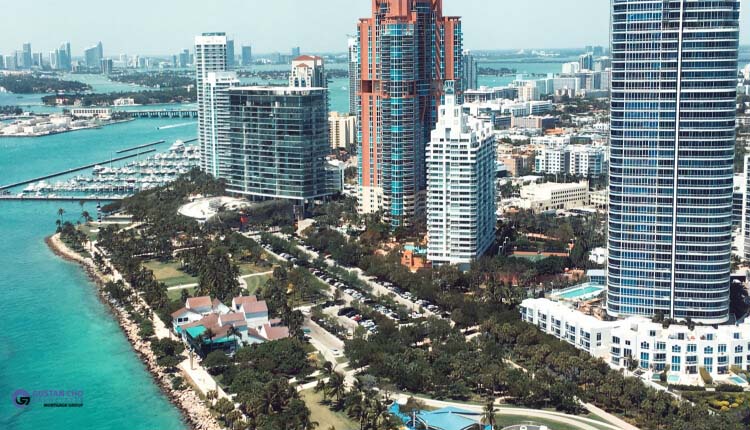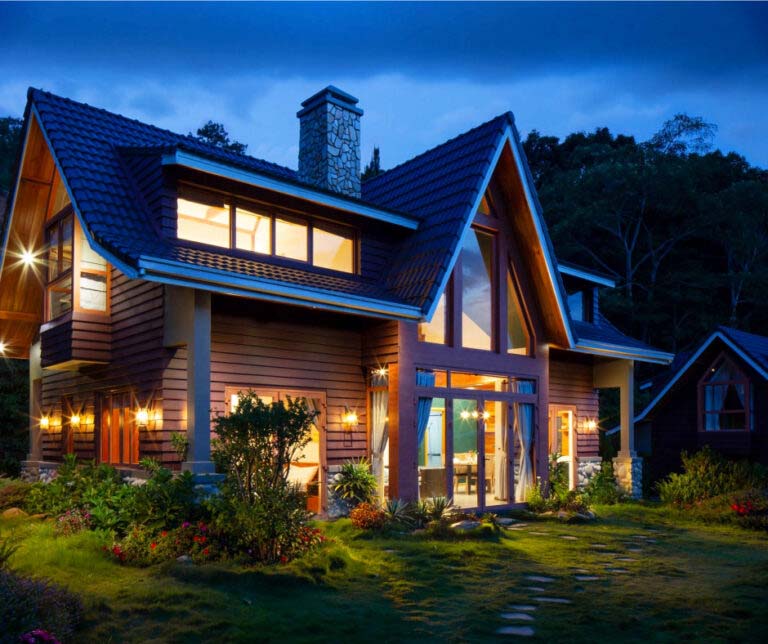15 Year Versus 30 Year Fixed Rate Mortgage Loans
This Article Is About 15 Year Versus 30 Year Fixed Rate Mortgage Loans
Mortgage borrowers have a choice between 15-year and 30 year fixed rate mortgage loans.
- All mortgage loan programs have the option of 15 Year and/or 30 Year Fixed Rate Mortgage Loans
- 15 year home loans mean higher monthly housing payments due to the shorter amortization term
- However, a major benefit of 15 Year over 30 Year Fixed Rate Mortgage Loans is 15-year mortgages have lower mortgage rates
- 30-year mortgages have lower monthly payments due to the longer amortization term
- However, 30-year rates are higher
We will discuss the benefits of 15 Year and 30 Year Fixed Rate Mortgage Loans on this blog and compare the pros and cons.
Comparing 15 Year Versus 30 Year Fixed Rate Mortgage Loans
Let’s compare 15 Year and 30 Year Fixed Rate Mortgage Loans and see which is best for the individual borrower.
- There are also 25, 20, 10-year fixed-rate mortgages
- However, the 15-year and 30-year fixed-rate mortgages are by far the most popular loan programs in the United States
- Great benefit on fixed-rate mortgages is that the mortgage interest rates are fixed over the term of the loan
- So homeowners do not have to worry about the principal and interest ever going up during the mortgage term
The only way homeowner’s monthly payment will fluctuate during the mortgage term is if property taxes and/or homeowners insurance changes.
15 Year And 30 Year Fixed Rate Mortgage Loans
The benefits of 30-year mortgages are homeowners will get the lower monthly principal and interest payments.
- Homeowners will not be stressed month after month with the extra heftier monthly mortgage payments of a 15-year mortgage
- With the extra money, they do not have to pay with the 15-year fixed-rate loan, they can use those funds in investing and/or other needs
- They can always make extra monthly payments towards their mortgage loan principal balance and shorten the 30-year loan term
- This requires a lot of discipline
- Negative include higher interest rates and tens of thousands of dollars in interest expense
- An average mortgage loan in the United States is $200,000
- In general, a homeowner will pay $55,000 in mortgage interest on a 15-year mortgage loan balance at a 4.25% interest rate
- A homeowner will be paying $193,000 in interest expense at a 5% rate on a 30 year fixed rate mortgage
The extra 15 years adds up big time in interest expense.
Debt To Income Ratios When Qualifying For 15 Year Versus 30 Year Fixed Rate Mortgage Loans
After reading the above paragraph on how much interest that can be saving on 15 Year over the 30 Year Fixed Rate Mortgage Loans many consumers may opt for the 15-year FRM. However, every loan program has its own debt to income ratio requirements.
Here is the debt to income ratio requirements for loan programs:
- HUD, the parent of FHA, allows the maximum front end DTI to 46.9% and back end to 56.9% to get an approve/eligible per automated underwriting system
- USDA Loans require 29% front end and 41% back end debt to income ratios
Gustan Cho Associates does not have a maximum debt to income ratio on VA Loans:
- We do require an approve/eligible per automated underwriting system
- Maximum debt to income ratio with manual underwriting is 50%
Fannie Mae and Freddie Mac require 50% debt to income ratio on conventional loans:
- Non-QM Loans allows maximum 50% debt to income ratios
- Jumbo Mortgages normally cap it at 45% DTI
Borrowers will need to meet the debt to income ratio requirements on 15-year fixed-rate mortgages. DTI will be higher on 15-year over 30 year fixed rate loans.
- Other benefits of 15-year over 30 year fixed rate loans are homeowners are able to pay off their home loan quicker
- Save tens of dollars over the term of the loan
- Homeowners get to build equity in their homes substantially quicker on 15-year loans
- Everything about 15-year loans makes sense
- However, the biggest drawback is the heftier monthly payments
In general, borrowers may get rates that are 1.0% lower on 15-year than 30 year fixed rate loans.
How Long Are Homeowners Willing To Live In New Home Purchase
Another question home buyers should ask themselves when thinking about 15-year over 30 year fixed rate loans is how long do they intend in living in their homes?
- This holds true for first time home buyers buying a starter home and planning in upgrading to a larger home in 7 years or less
- If planning on moving in 7 years or less, maybe a 30 year fixed rate mortgage may make better sense
- The reason being is they will benefit from the lower monthly payments and will not have their loan for the term of 30 years
- Therefore, they will not be paying the tens of thousands of dollars in extra interest expenses
- They will be selling their home way before the mortgage loan term is over
The best way of going over which options are best for the individual borrower is to contact us at Gustan Cho Associates at 800-900-8569 or text us for faster response. Or email us at gcho@gustancho.com. We can go over your total gross income, expenses not included by our mortgage underwriters and custom tailor a loan program that best suits your needs. We can even get you a 30 year fixed rate mortgage but give you a monthly payment where you can pay your loan off in 15 years. This way, in case of an emergency, you can pay the minimum payment due on a 30-year mortgage. And when finances are better, pay extra every month so you can pay down the principal. This will shorten the term of your mortgage loan.







